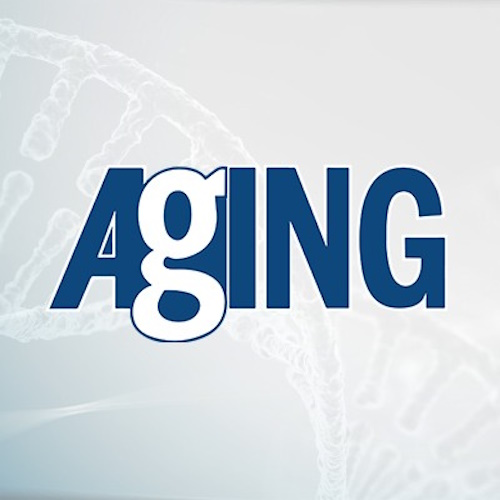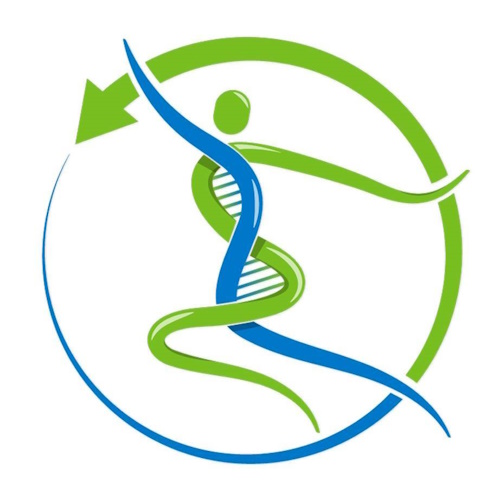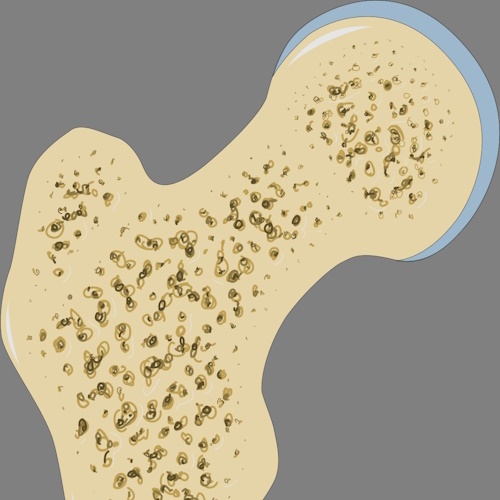Key points from article :
Scientists analyzed blood proteome of mice to determine how it changes with age.
And to identify ageing-related proteins that have previously eluded researchers.
One of the unmistakable signs of ageing is the loss of bone density, causing osteoporosis.
Hip fractures in the elderly result in up to 20-24% mortality in the first year alone.
~600 proteins identified in samples from 12 young, 12 aged mice blood plasma.
Cadherin-13, the only one that demonstrated significance in inhibiting osteoclast differentiation.
Plays a role in cell migration, phenotype changes, acts as an LDL receptor.
Female mice were injected with cadherin-13 for 4 months, starting at 15 months of age.
The bone mineral density (BMD) of the mice’s femur bones had been periodically monitored.
In 16 weeks, BMD of the control group had declined dramatically.
With cadherin-13, decline was attenuated, bone volume fraction and trabecular thickness increased.
Research by a group of South Korean scientists, published in Aging.






